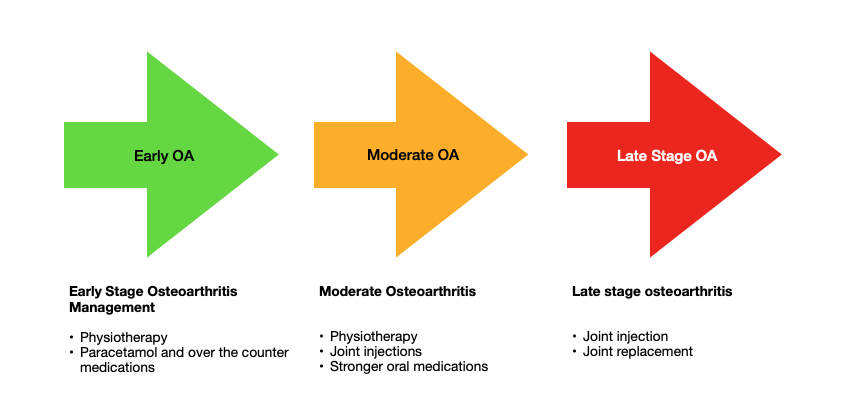Understanding Joint Injections In The Context Of Your Management Plan
We can off you private prescriptions and joint injections of both steroids and hyraluronic acid as part of your overall management plan. If you are in pain waiting for a joint injection or need a professional clinical opinion then give us a call and we can assess and provide the best way forward to mange your pain and dysfunction.
A corticosteroid is a type of medication that can relieve swelling, stiffness, and pain by reducing inflammation in the body. It is commonly used in medical settings to treat various conditions where inflammation is a contributing factor, such as arthritis, tendonitis, bursitis, psoriasis, and gout.
Corticosteroids are different from the anabolic steroids that athletes and bodybuilders sometimes misuse to enhance muscle growth and performance.
When it comes to the corticosteroid injections used for medical purposes, they are generally safe when clinically indicated and administered by qualified healthcare professionals. These injections are targeted directly at the site of pain and inflammation, reducing the risk of side effects associated with oral anti-inflammatory medications, which can affect the stomach and other organs.
Before getting a corticosteroid injection, it’s essential to inform your clinician of any medical conditions, allergies, or other factors that might contraindicate the procedure. Some conditions and situations, such as cancer, infections, allergies to the components of the injection, uncontrolled diabetes or hypertension, pregnancy, breastfeeding, and others, may make the injection unsuitable for you.
Possible side effects of corticosteroid injections are generally uncommon, but they can include flushing of the face, skin changes around the injection site, increased pain (usually temporary), tendon rupture, slight vaginal bleeding, temporary increase in blood sugar levels (for diabetic patients), mood changes, and an extremely rare risk of anaphylaxis (a severe allergic reaction).
The injection procedure involves cleaning the skin and gently inserting a small needle into the affected joint or area, through which the corticosteroid solution is injected. The injection might cause some discomfort, but healthcare professionals are trained to perform the procedure as comfortably as possible.
The time it takes for the injection to work can vary, but generally, patients may experience some pain relief within a few minutes to an hour if a local anesthetic is used. The corticosteroid typically starts to work within 24-48 hours, and improvements may continue over the following weeks.
The duration of the effect varies from person to person, but corticosteroids usually continue working for 3 to 6 weeks, with lasting reduction of symptoms after that period. In some cases, more than one injection may be necessary, depending on the condition and severity of the pain.
After the injection, your clinician will provide specific aftercare instructions, which may include resting the area or starting gentle movements, depending on the underlying problem.
Before proceeding with the injection, you will be asked to sign a consent form, acknowledging that you have been informed about the procedure, its risks, benefits, and alternatives, and you understand the information provided. If you have any questions or concerns, it’s crucial to discuss them with us before giving your consent.
We have included an example of osteoarthritis pain below:
In this infographic of osteoarthritis you can the see that as osteoarthritis develops the management options change.

